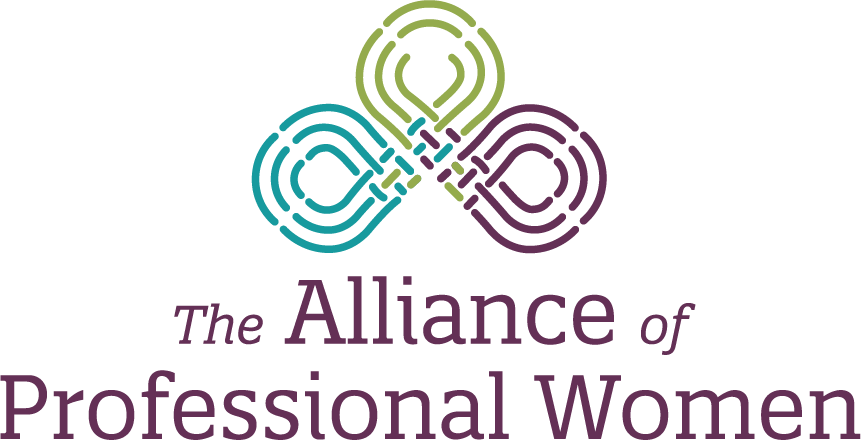As a consultant and coach, I often hear and read that there is a bit of a resignation that we can’t do anything about our biases. We may not be able to fully remove them, but I disagree that we cannot do anything about them relative to creating inclusion and breaking through stubborn practices that feel like an entanglement of knots that are so tightly woven, a solution seems extremely daunting, if not impossible. If that is the attitude/perception, then “untying the knots” is unlikely.
However, I am seeing evidence in some organizations that applying a different approach to conscious inclusion can be productive and even beneficial for the organization. The benefits are becoming a sought-out organization, an employer of choice and attracting, developing, retaining and advancing employees at a greater level than before – and potentially stopping the revolving door. The individuals within the organization have increased opportunities to reach their highest potential. It is a significant undertaking that cannot be accomplished overnight. After all, “Rome was not built in a day” and change takes time. The thing is, while an organization may have designated diversity and inclusion programs, all too often real change is not taking place; because while it is a good theory, it can become a lip service, check the box approach. Ultimately, this will not work.
The Gordian Knot
I usually do not like to use metaphors that bring to my mind any type of violence. Today, I am going to shift that habit because I find the idea of using the legend of the Gordian Knot intriguing as it relates to building an inclusive environment. It is often used as a metaphor for finding a solution to what may seem to be an impossible problem. The major obstacle to achieving inclusion is the fact that we human beings have biases (explicit and implicit) that drive our decisions and actions. These biases put us in an automatic reactive state of being that tries to navigate and make sense of our world, or at the very least, keep us safe in our comfort zone.
In case you are not familiar with the story of the Gordian Knot, check out Evan Andrews’ version of the legend in his article on History.com. Here’s an ultra-brief and simple synopsis: According to the legend, whoever “could unravel its elaborate knots was destined to become ruler of all Asia.” Over the years, many tried and failed. Alexander the Great, after struggling with it for a while with no success, stepped back and sliced through the knot with his sword.
So, consider this: The Gordian Knot in relation to building inclusion for your firm may require a “Sword” of Conscious Inclusion. Conscious Inclusion requires awareness. Conscious awareness (consciousness) is paying attention and discovering and understanding ‘Why’ decisions are made, and practices are put into place, and why they are held there. The interesting thing that I have witnessed, is that when conscious inclusion is the focus, new possibilities are discovered and willing to be tried.
How Does This Affect Leadership Today?
A conscious leader who practices this type of self-awareness and self-discovery and learns to understand the impact of biases on others, themselves and the organization, has a greater chance of effecting change. These types of leaders practice conscious empowerment of their workforce because inclusion promotes engagement, which stimulates motivation and innovation. But it takes effort. It takes a laser focus on recognizing and shifting from automatic to conscious behaviors and slicing through the habits that keep the frustrating knots of exclusion in place.
To make this more than a theory, here is an approach that can be adopted to assist one who wants to be more inclusive. Ask these three questions for a challenging situation or even an everyday decision:
- Who else?
- What else?
- How else?
Examine Who else needs to weigh in and be heard to gain the broadest perspective of the situation. When you bring multiple people together with diverse backgrounds, cultures and ideas to discuss the circumstance, you increase the ability to determine What else could be done by gathering the diverse perspectives. You are then better equipped with a variety of ideas and approaches to determine How else the identified suggestions can take place. In other words, broader potential actions to put into place. The added benefit, the icing on the cake, is that people feel included and hopefully valued, and you will likely have new possibilities and opportunities to consider.
This approach is one step for building more inclusivity in your organization. Choosing to use a “Sword” of Conscious Inclusion is not a painful process. As a leader, you will build better relationships, discover previously unseen talent and you will build credibility and influence – not a bad outcome for leaders.


